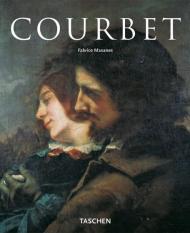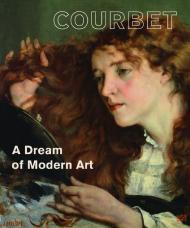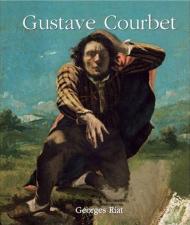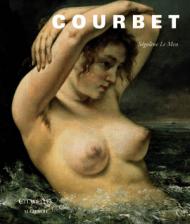Unsentimental realism
"I maintain," stated Gustave Courbet (1819-1877), "that painting is clearly a concrete art whose existence lies only in the representation of real and existing objects...." Courbet, who influenced and advised the fledgling Impressionists, was an outstanding representative of a naturalistic realism that highlights the contradictions and inequities in society. Revolutionary were Courbet`s style, with dark hues and heavy brushstrokes, and choice of subject—depictions the life of plain people treated in an unsentimental, down to earth manner. His influence was enormous during his lifetime; he was offered the cross of the Legion of Honor in 1872 but he refused it. A man always at odds with authority, be it artistic or political, Courbet became a member of the Paris Commune and was briefly imprisoned and forced to flee to Switzerland for the final years of his life.
About the Series:
Each book in TASCHEN’s Basic Art Series features:
- a detailed chronological summary of the life and oeuvre of the artist, covering his or her cultural and historical importance
- a concise biography
- approximately 100 colour illustrations with explanatory captions
The author:
Fabrice Masanès is an art historian and art critic, with a doctorate in art history from the Sorbonne. A specialist in painting, he teaches on 19th-century art in Paris, and the history of medieval Paris at the University of Illinois at Chicago. The author of TASCHEN's Courbet, he has written extensively on literature and the visual arts.






